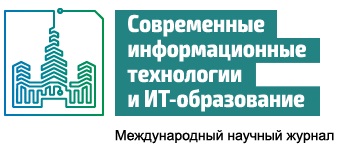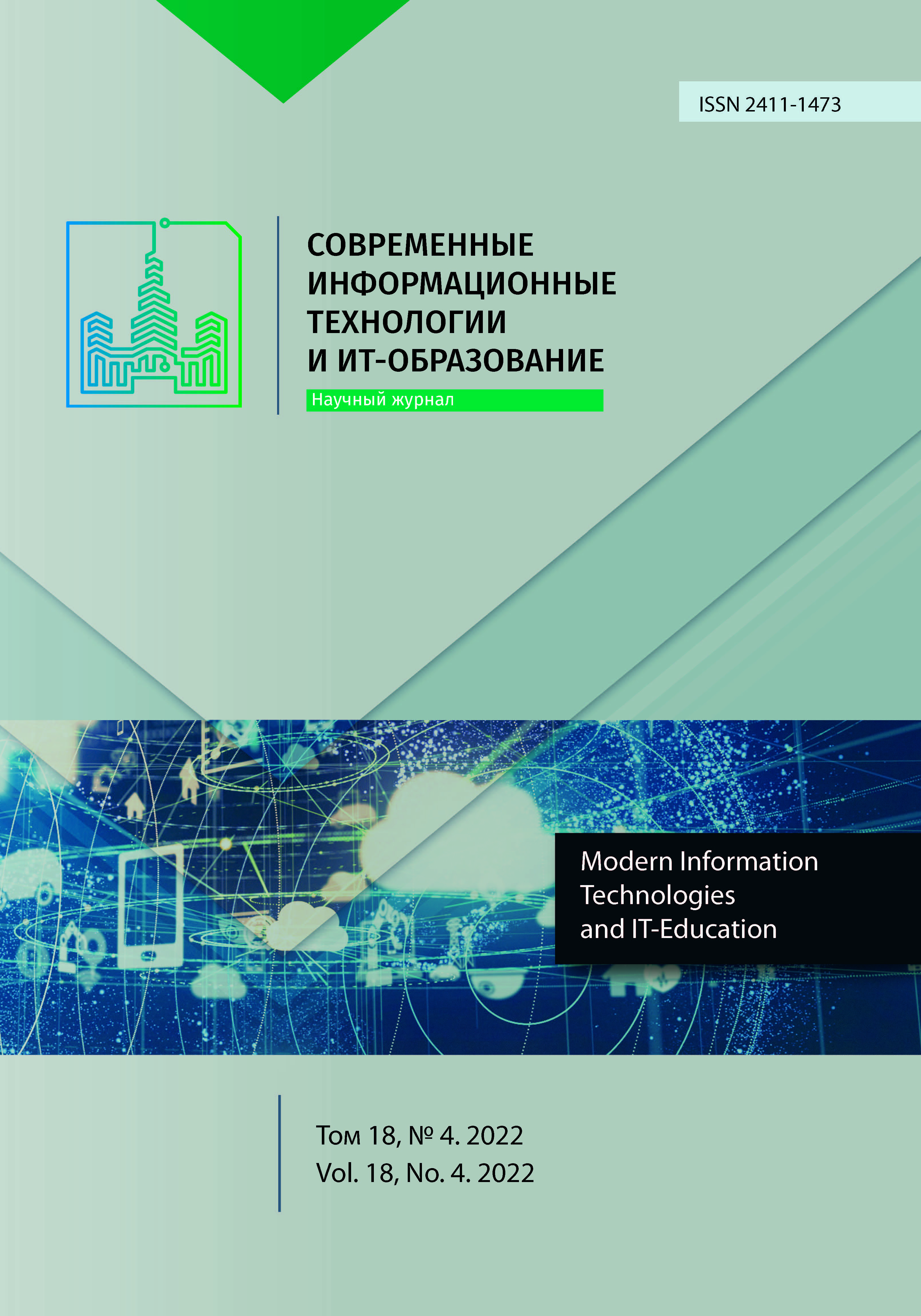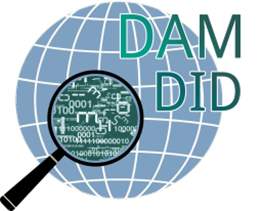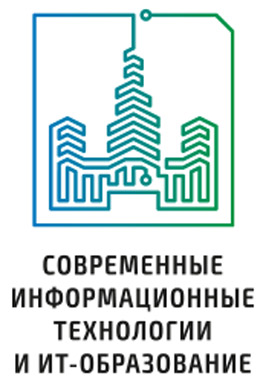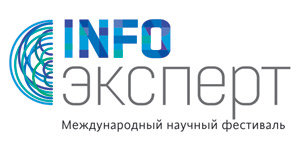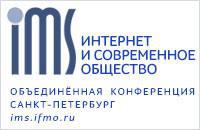Метод повышения степени автономности сложных распределенных вычислительных систем
Аннотация
В данной работе рассматривается проблема повышения автономности функционирования кластерных распределенных вычислительных систем (КРВС). Целью данной исследовательской работы является повышение автономности функционирования кластерных распределенных вычислительных систем. В соответствии с поставленной целью, в работе решается научная задача – на основании анализа применения существующих кластерных распределенных вычислительных систем, их архитектур и особенностей, а также проведенного анализа тенденций развития отечественных разработок в этой области разработать методику определения и задания основных эксплуатационных требований к перспективным кластерным распределенным вычислительным системам, обеспечивающих повышение их автономности. Первоначально в работе описывается текущее состояния вопроса автономности систем, включая рассмотрение существующих критериев соответствия компьютерной системы понятию автономности, а также классификация систем по степени их автономности, определяется необходимый перечень задач автономного функционирования. На основании этого производится построение формализованного аппарата, выделяются 2 группы задач, необходимых для решения вопроса автономного функционирования КРВС, даётся определение автономной компьютерной системы через вероятность работоспособности и функциональности технического, программного и информационного обеспечения, а также определение элементарного и сложного объекта. Представляется функция признаков, влияющая на выполнение целевой задачи сложного объекта и характеризующая интенсивность неисправностей и функциональных отказов в единицу времени. Вводится функция коэффициента автономности элементарного объекта, на основании которой определяется функция коэффициента автономности сложного объекта. На основании введенных определений и функций реализуется формализованное решение задачи повышения автономности путем максимизации комплексного показателя автономности, на основе прогнозирования периода автономного выполнения задач без внешнего вмешательства в процесс его функционирования.
Литература
2. Kortenkamp D., Bonasso R.P., Ryan D., Schreckenghost D. Traded Control with Autonomous Robots as Mixed Initiative Interaction. In: Papers from the 1997 AAAI Spring Symposium. AAAI; 1997. p. 89-94. Available at: https://cdn.aaai.org/Symposia/Spring/1997/SS-97-04/SS97-04-016.pdf (accessed 11.08.2022).
3. Nicolescu M.N., Matarić M.J. A hierarchical architecture for behavior-based robots. In: Proceedings of the first international joint conference on Autonomous agents and multiagent systems: part 1 (AAMAS '02). New York, NY, USA: Association for Computing Machinery; 2002. p. 227-233. doi: https://doi.org/10.1145/544741.544798
4. Nowostawski M., Purvis M. The Concept of Autonomy in Distributed Computation and Multi-agent Systems. In: 2007 IEEE/WIC/ACM International Conference on Intelligent Agent Technology (IAT'07). Fremont, CA, USA: IEEE Computer Society; 2007. p. 420-423. doi: https://doi.org/10.1109/IAT.2007.23
5. Pellkofer M., Luetzeler M., Dickmanns E.D. Interaction of perception and gaze control in autonomous vehicles. In: Casasent D.P., Hall E.L. (eds.) Proceedings of SPIE. Vol. 4572. Intelligent Robots and Computer Vision XX: Algorithms, Techniques, and Active Vision. SPIE; 2001. p. 219-230. doi: http://dx.doi.org/10.1117/12.444186
6. Tianfield H., Unland R. Towards autonomic computing systems. Engineering Applications of Artificial Intelligence. 2004;17(7):689-699. doi: https://doi.org/10.1016/j.engappai.2004.08.029
7. Neema S., Bapty T., Shetty S., Nordstrom S. Autonomic fault mitigation in embedded systems. Engineering Applications of Artificial Intelligence. 2004;17(7):711-725. doi: https://doi.org/10.1016/j.engappai.2004.08.031
8. Sterritt R. Autonomic networks: engineering the self-healing property. Engineering Applications of Artificial Intelligence. 2004;17(7):727-739. doi: https://doi.org/10.1016/j.engappai.2004.08.028
9. Jin X., Liu J. Characterizing autonomic task distribution and handling in grids. Engineering Applications of Artificial Intelligence. 2004;17(7):809-823. doi: https://doi.org/10.1016/j.engappai.2004.08.034
10. Fisher M., Ferrando A., Cardoso R.C. Increasing confidence in autonomous systems. In: Proceedings of the 5th ACM International Workshop on Verification and mOnitoring at Runtime EXecution (VORTEX 2021). New York, NY, USA: Association for Computing Machinery; 2021. p. 1-4. doi: https://doi.org/10.1145/3464974.3468452
11. McKee D.W., Clement S.J., Almutairi J., Xu J. Survey of advances and challenges in intelligent autonomy for distributed cyber-physical systems. CAAI Transactions on Intelligence Technology. 2018;3(2):75-82. doi: https://doi.org/10.1049/trit.2018.0010
12. Shang J., Chen P., Wang Q., Lu L. Information System Reliability Quantitative Assessment Method and Engineering Application. In: 2018 IEEE International Conference on Software Quality, Reliability and Security Companion (QRS-C). Lisbon, Portugal: IEEE Computer Society; 2018. p. 182-186. doi: https://doi.org/10.1109/QRS-C.2018.00044
13. Talmale G., Shrawankar U. Cluster Based Real Time Scheduling for Distributed System. ADCAIJ: Advances in Distributed Computing and Artificial Intelligence Journal. 2021;10(2):137-156. doi: https://doi.org/10.14201/ADCAIJ2021102137156
14. Li J., Woodside M., Chinneck J., Litiou M. Adaptive Cloud Deployment Using Persistence Strategies and Application Awareness. IEEE Transactions on Cloud Computing. 2017;5(2):277-290. doi: https://doi.org/10.1109/TCC.2015.2409873
15. Häring I. Models for Hardware and Software Development Processes. In: Technical Safety, Reliability and Resilience. Singapore: Springer; 2021. p. 179-192. doi: https://doi.org/10.1007/978-981-33-4272-9_10
16. Bouquet F., Grandpierre C., Legeard B., Peureux F. A test generation solution to automate software testing. In: Proceedings of the 3rd international workshop on Automation of software test (AST '08). New York, NY, USA: Association for Computing Machinery; 2008. p. 45-48. doi: https://doi.org/10.1145/1370042.1370052
17. Thayer R.H. Software System Engineering: A Tutorial. Computer. 2002;35(4):68-73. doi: https://doi.org/10.1109/MC.2002.993773
18. Yamada S., Tamura Y. Software Reliability. In: OSS Reliability Measurement and Assessment. Springer Series in Reliability Engineering. Cham: Springer; 2016. p. 1-13. doi: https://doi.org/10.1007/978-3-319-31818-9_1
19. Pavlov N., Iliev A., Rahnev A., Kyurkchiev N. Some Transmuted Software Reliability Models. Journal of Mathematical Sciences and Modelling. 2019;2(1):64-70. doi: http://dx.doi.org/10.33187/jmsm.434277
20. Pham H. System Software Reliability. In: Springer Series in Reliability Engineering. London: Springer; 2006. 440 p. doi: https://doi.org/10.1007/1-84628-295-0
21. Pham H. A new software reliability model with Vtub-shaped fault-detection rate and the uncertainty of operating environments. Optimization. 2014;63(10):1481-1490. doi: https://doi.org/10.1080/02331934.2013.854787
22. In Hong Chang, Hoang Pham, Seung Woo Lee, Kwang Yoon Song. A testing-coverage software reliability model with the uncertainty of operating environments. International Journal of Systems Science: Operations & Logistics. 2014;1(4):220-227. doi: https://doi.org/10.1080/23302674.2014.970244
23. Hidaka S., Hu Z., Litoiu M., Liu L., Martin P., Peng X., Wang G., Yu Y. Design and Engineering of Adaptive Software Systems. In: Yu Y., Bandara A., et al. (eds.) Engineering Adaptive Software Systems. Singapore: Springer; 2019. p. 1-33. doi: https://doi.org/10.1007/978-981-13-2185-6_1
24. Narendra K.S., Parthasarathy K. Identification and control of dynamical systems using neural networks. IEEE Transactions on Neural Networks. 1990;1(1):4-27. doi: https://doi.org/10.1109/72.80202
25. Timofeev R.A., Shlychkov V.V., Nestulaeva D.R. Methods of economic reliability assessment for industrial enterprise in the market economy conditions. SHS Web of Conferences. 2017;35:01125. doi: https://doi.org/10.1051/shsconf/20173501125

Это произведение доступно по лицензии Creative Commons «Attribution» («Атрибуция») 4.0 Всемирная.
Редакционная политика журнала основывается на традиционных этических принципах российской научной периодики и строится с учетом этических норм работы редакторов и издателей, закрепленных в Кодексе поведения и руководящих принципах наилучшей практики для редактора журнала (Code of Conduct and Best Practice Guidelines for Journal Editors) и Кодексе поведения для издателя журнала (Code of Conduct for Journal Publishers), разработанных Комитетом по публикационной этике - Committee on Publication Ethics (COPE). В процессе издательской деятельности редколлегия журнала руководствуется международными правилами охраны авторского права, нормами действующего законодательства РФ, международными издательскими стандартами и обязательной ссылке на первоисточник.
Журнал позволяет авторам сохранять авторское право без ограничений. Журнал позволяет авторам сохранить права на публикацию без ограничений.
Издательская политика в области авторского права и архивирования определяются «зеленым цветом» в базе данных SHERPA/RoMEO.
Все статьи распространяются на условиях лицензии Creative Commons «Attribution» («Атрибуция») 4.0 Всемирная, которая позволяет другим использовать, распространять, дополнять эту работу с обязательной ссылкой на оригинальную работу и публикацию в этом журналe.
